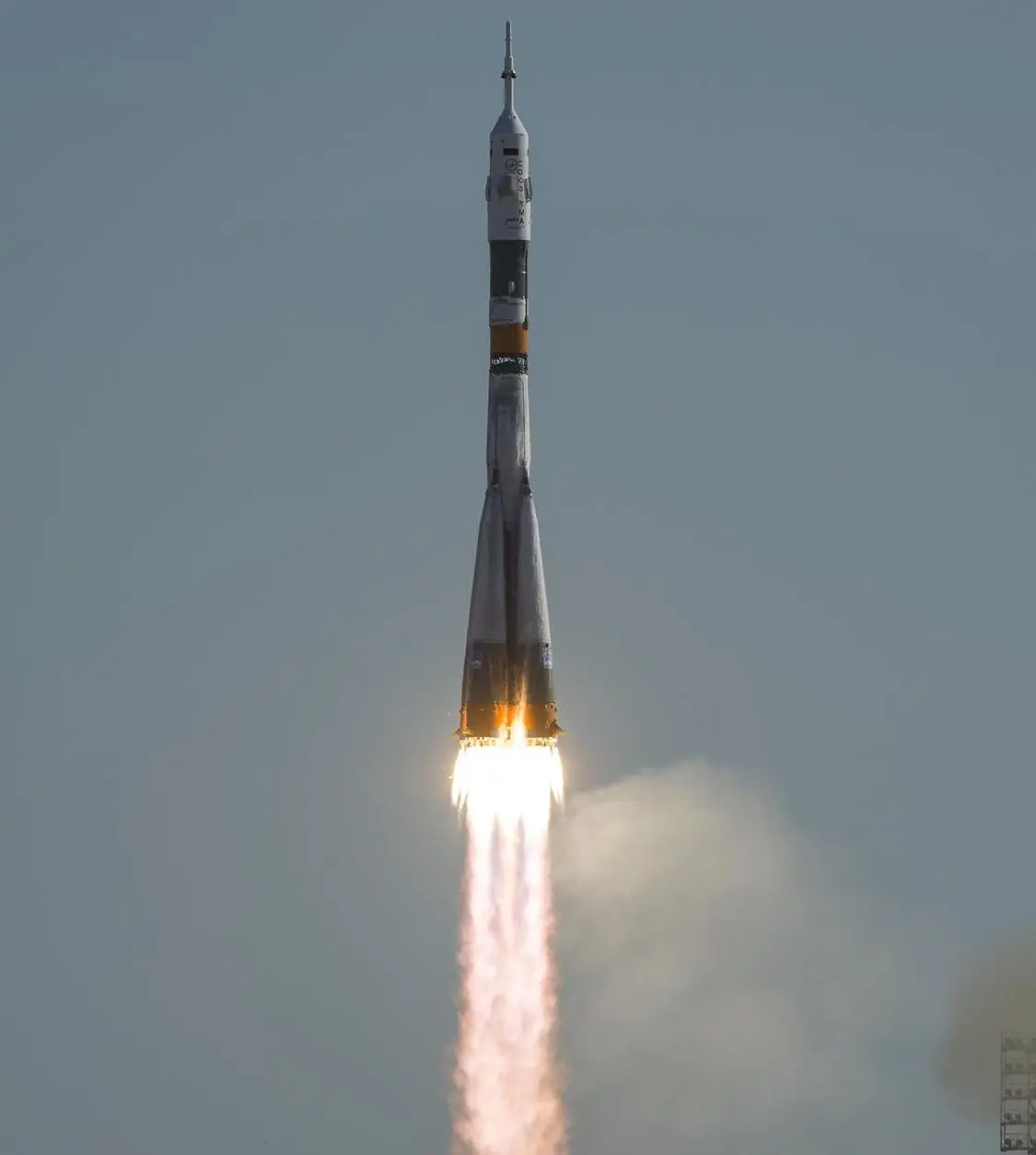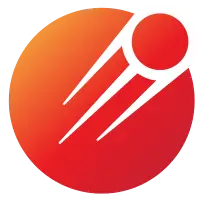Soyuz TMA-11
Launch Success
Liftoff Time (GMT)
13:22:39
Wednesday October 10, 2007
Mission Details
Soyuz TMA-11
Soyuz TMA-11 was a human spaceflight mission using a Soyuz-TMA spacecraft to transport personnel to and from the International Space Station (ISS). The mission began at 13:22 UTC on October 10, 2007 when the spacecraft was launched from the Baikonur Cosmodrome by a Soyuz FG launch vehicle. It brought to the station two members of the ISS Expedition 16 crew, as well as Sheikh Muszaphar, the first Malaysian in space. TMA-11 remained at the station as an escape craft, and returned safely to Earth on April 19, 2008, after it had been replaced by Soyuz TMA-12. Although the vehicle landed safely, it suffered a partial separation failure which caused a ballistic re-entry that in turn caused it to land 475 km from the intended landing point. The Soyuz is a Soviet crewed spacecraft, developed to perform lunar missions with crew. This version called 7K will fly 4 times on the giant launcher N1, and several tens of times on Proton to fly over the Moon, which will be successful during the mission Zond 4. Soyuz will become the first spacecraft to transport living beings on the Moon during the flight of Zond 5, with two turtles. Thereafter, it is adapted to the low orbit and will fly on the Soyuz launcher to supply the Soviet Salyut and Mir stations, and the ISS.
Low Earth Orbit
1 Payload
7,280 kilograms
Rocket


Manufacturer
RKK EnergiyaRocket
Height: 51.32m
Payload to Orbit
LEO: 7,300 kg
GTO: 0 kg
Liftoff Thrust
4,550 Kilonewtons
Fairing
Diameter: 3m
Height: 15.59m
Stages
3
Strap-ons
4
Launch Site
Stats
Soyuz FG
20th
Mission
3rd
Mission of 2007
2007
48th
Orbital launch attempt